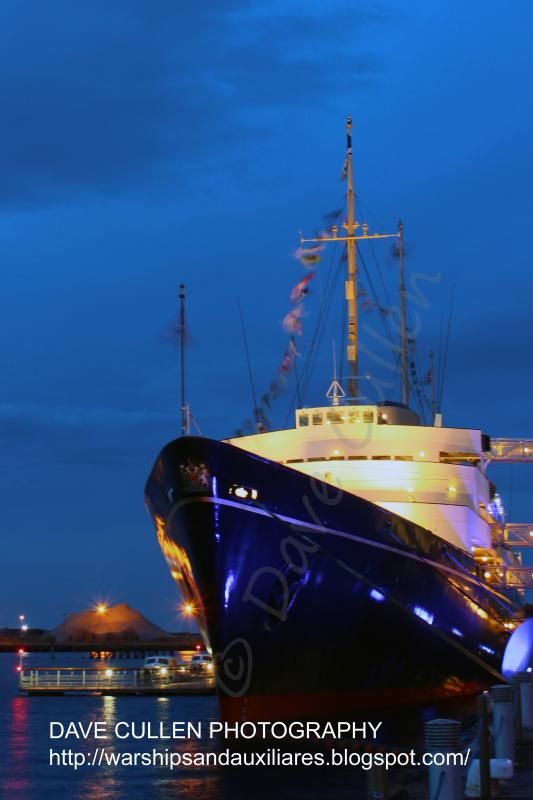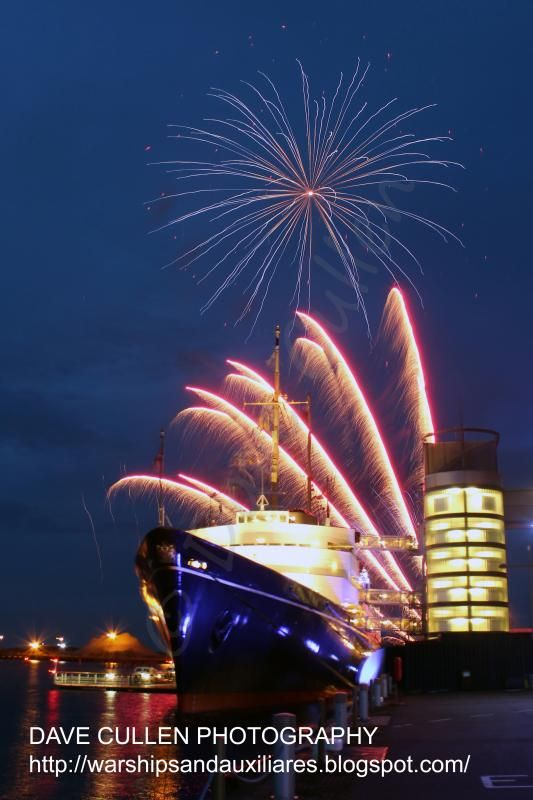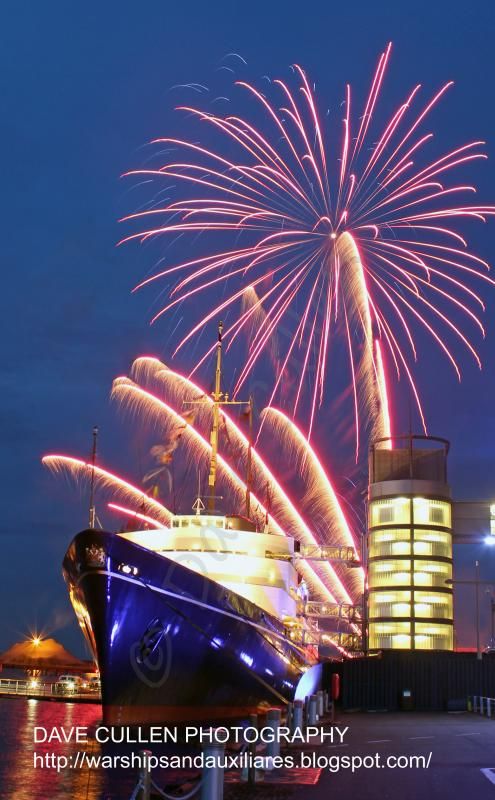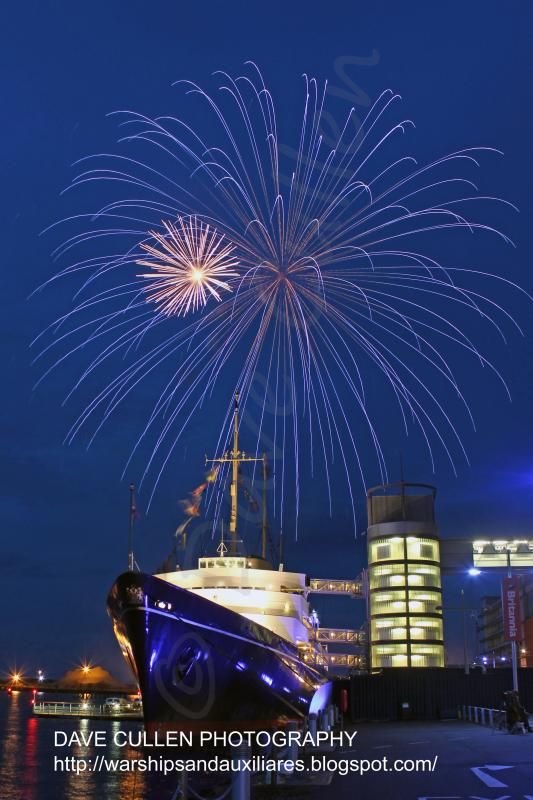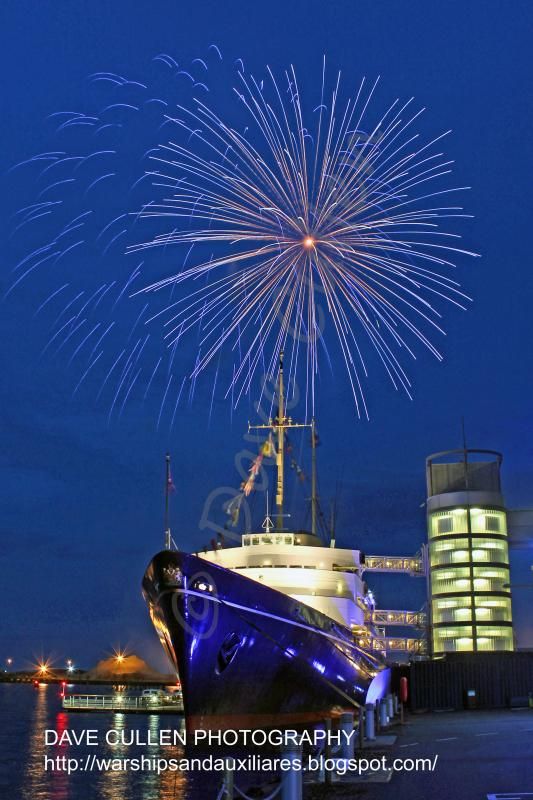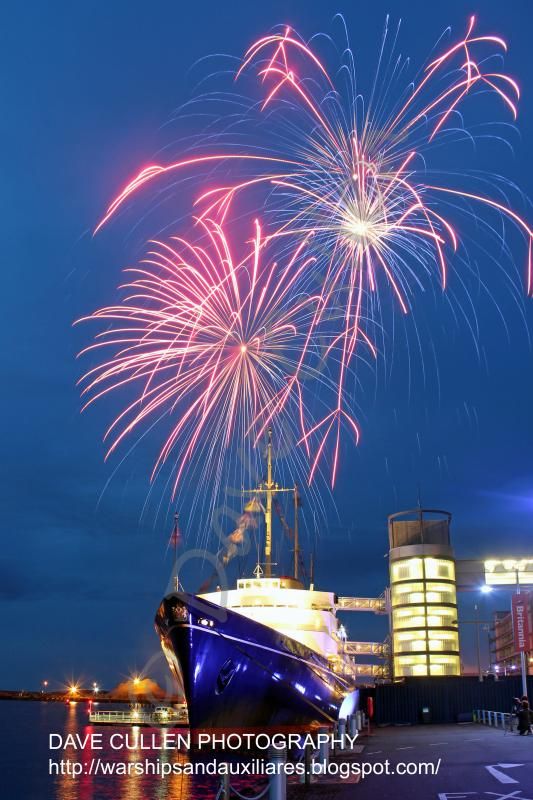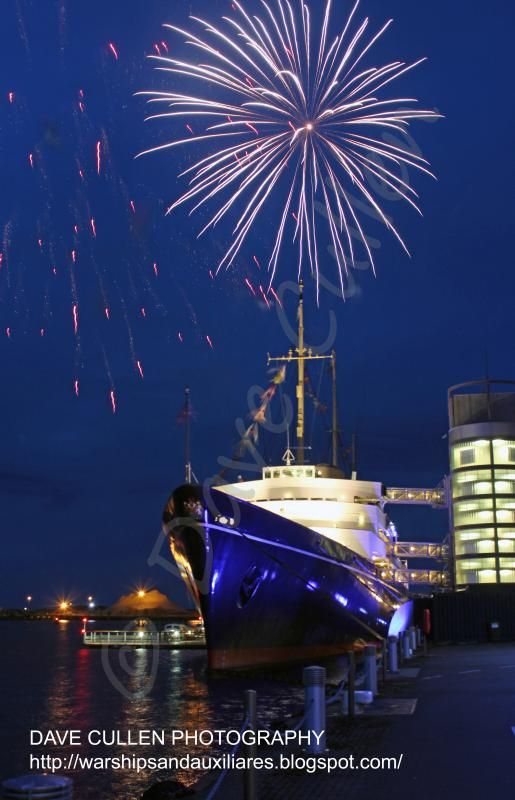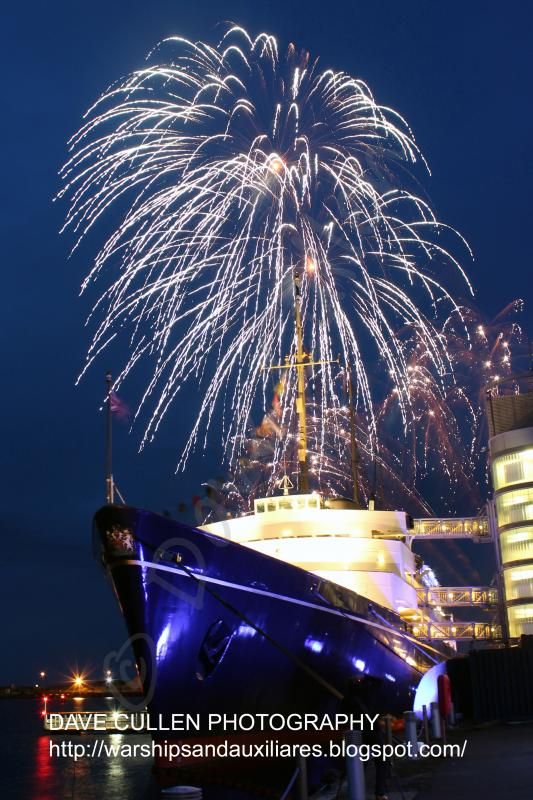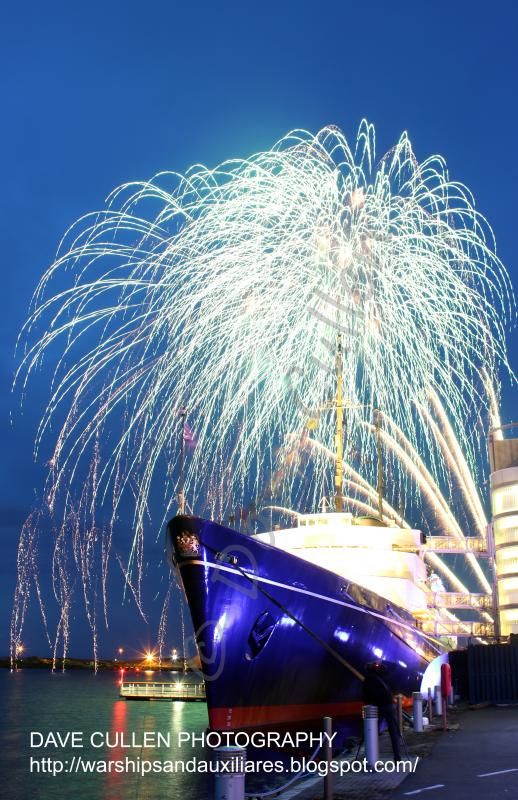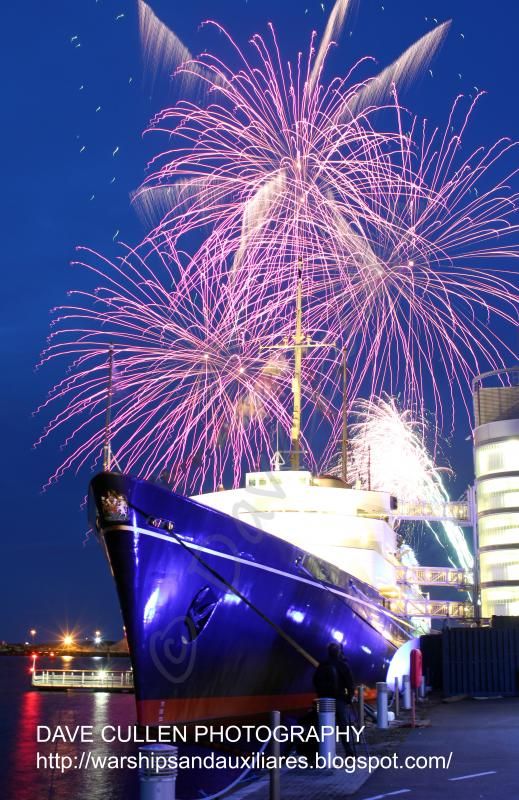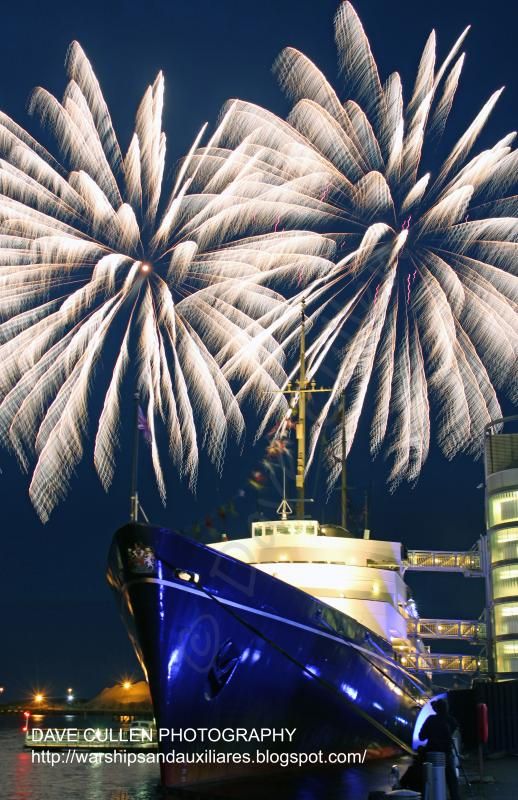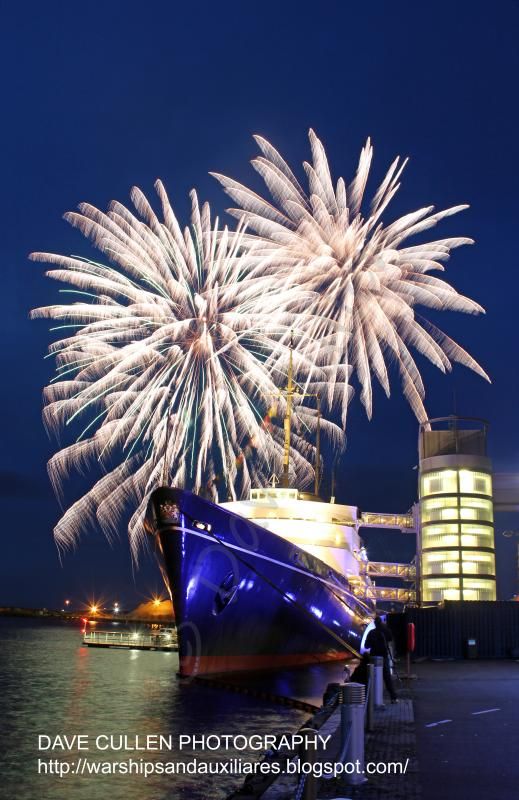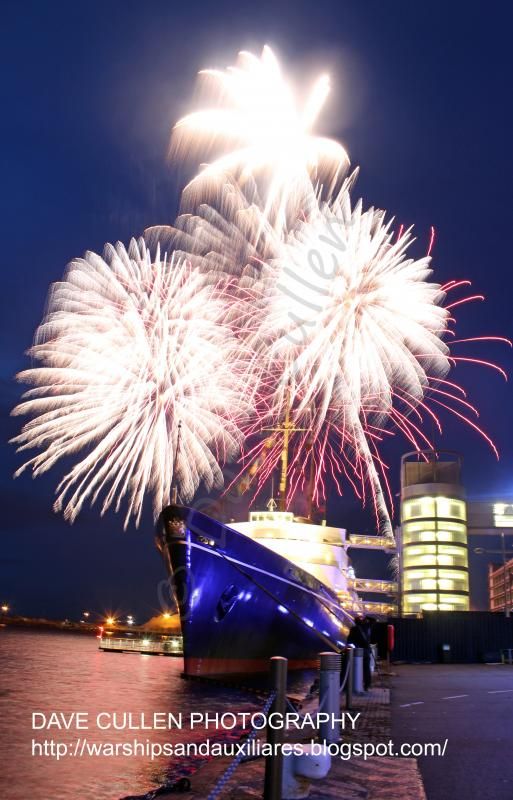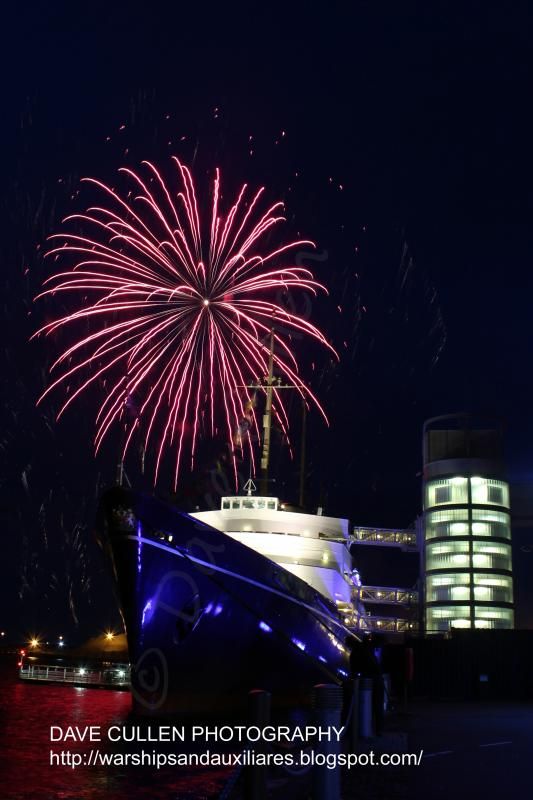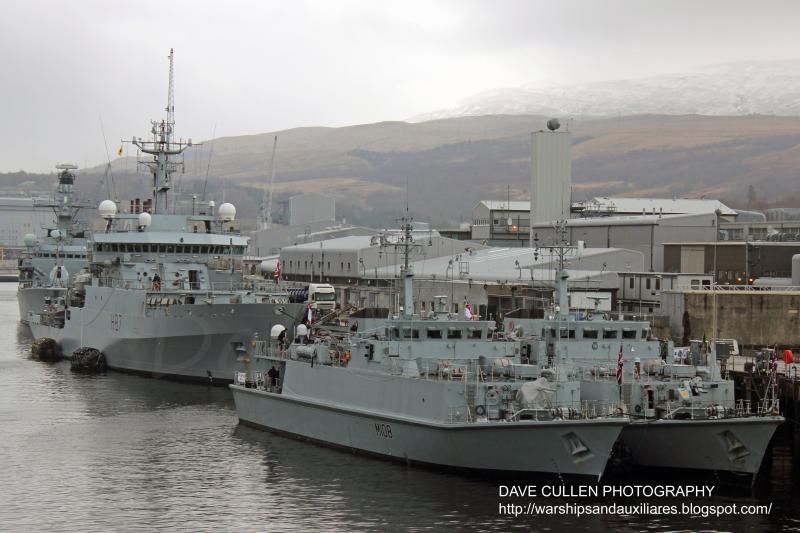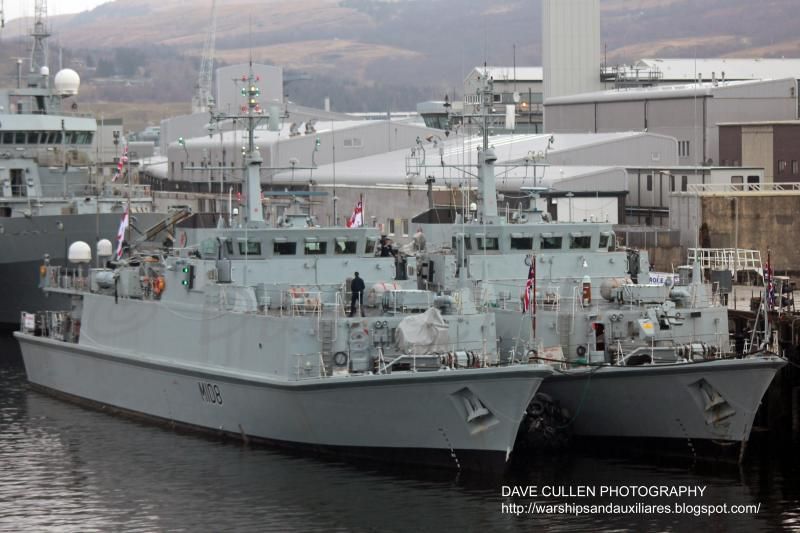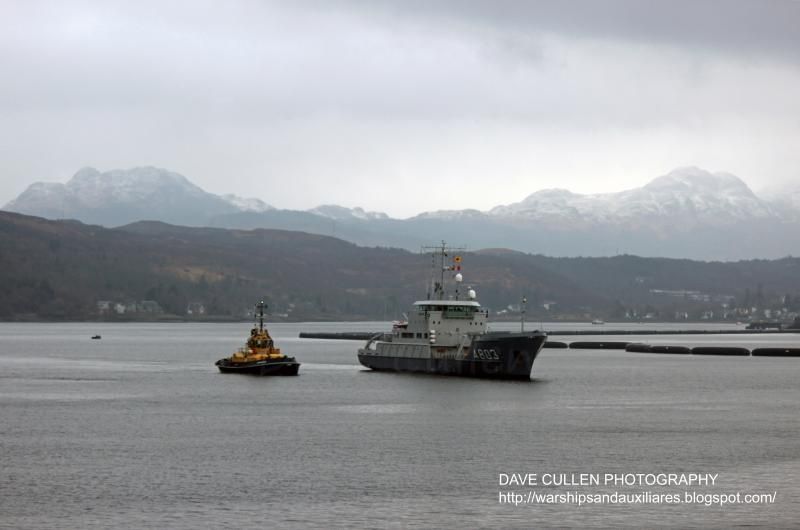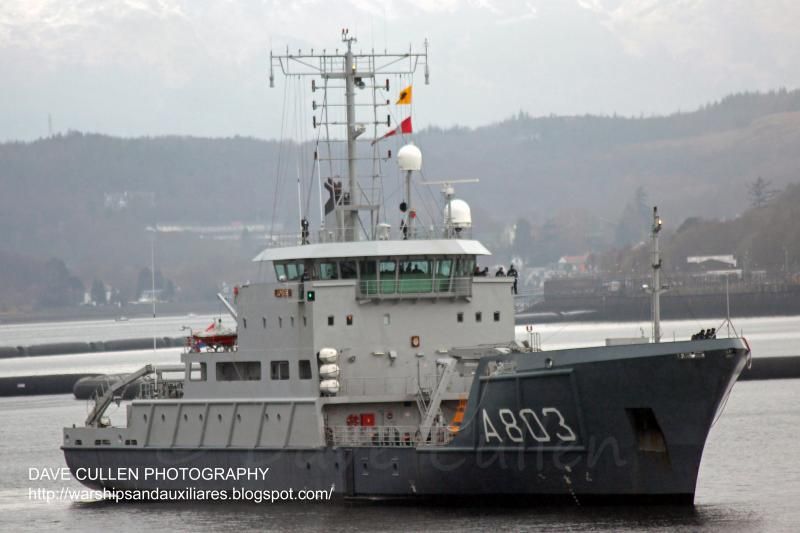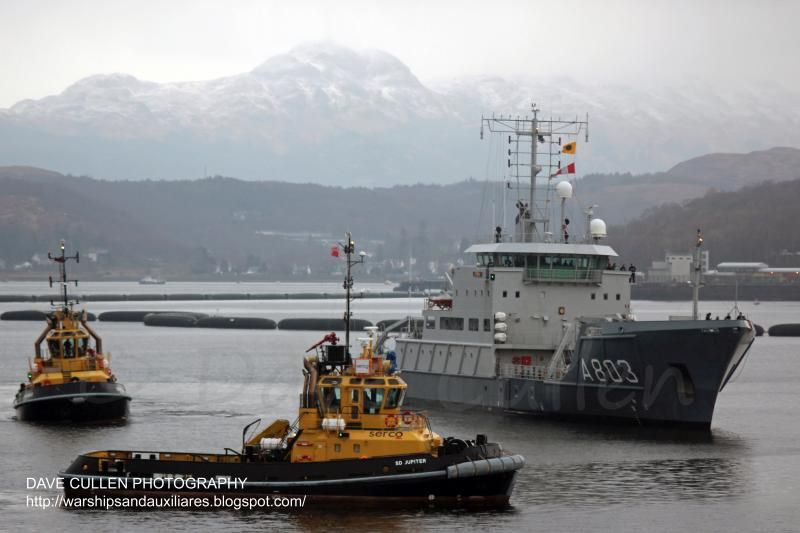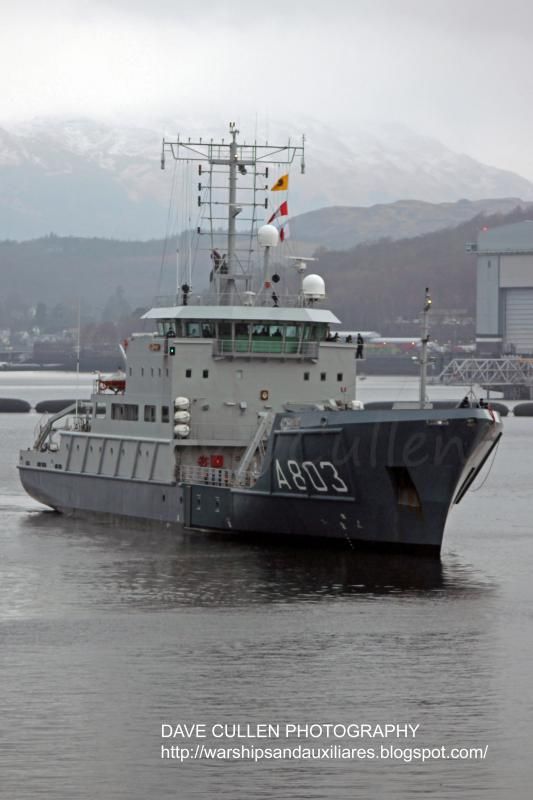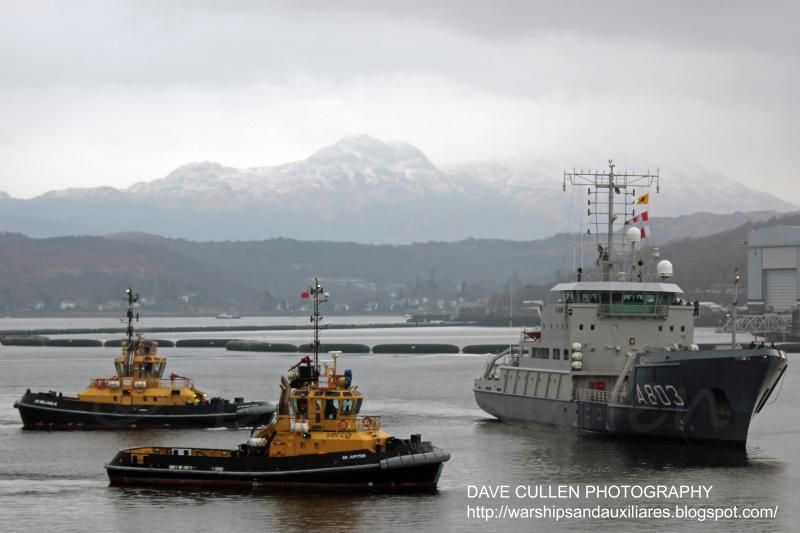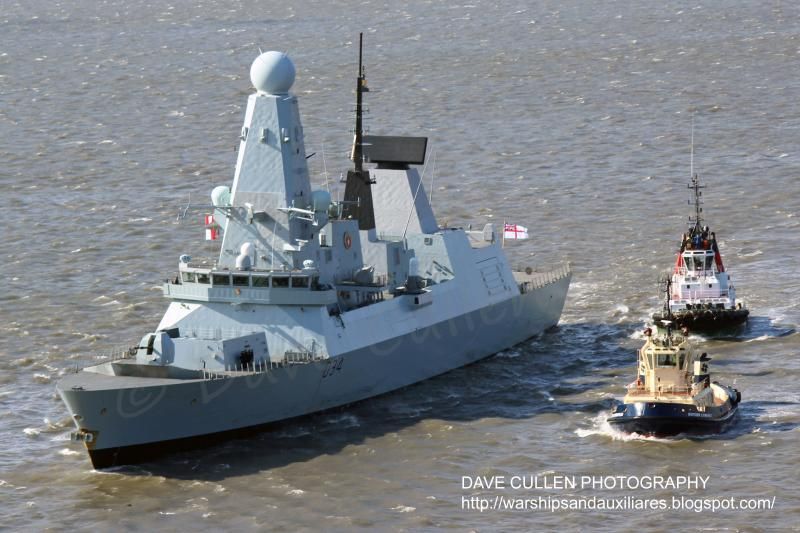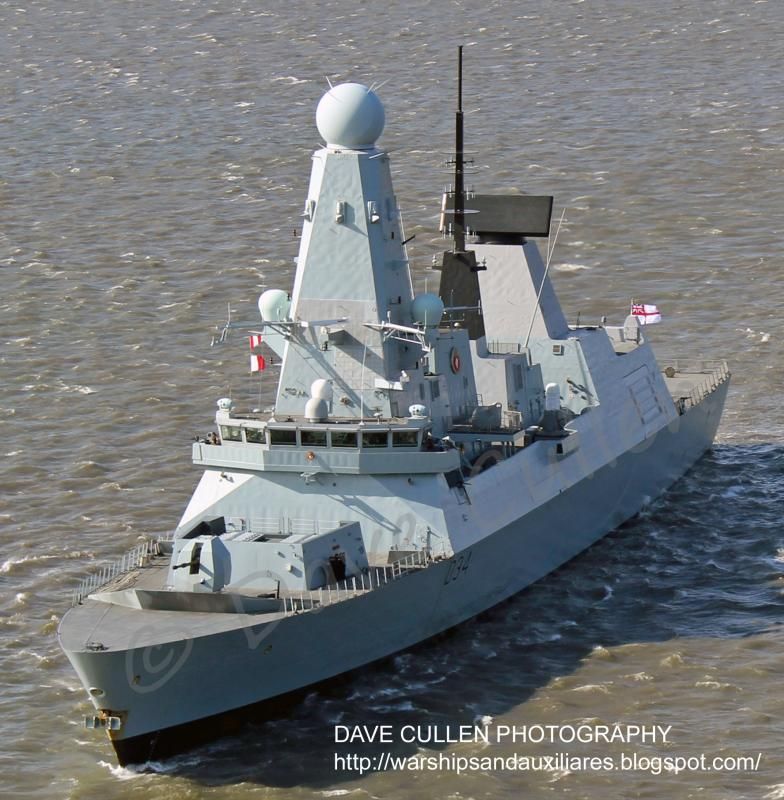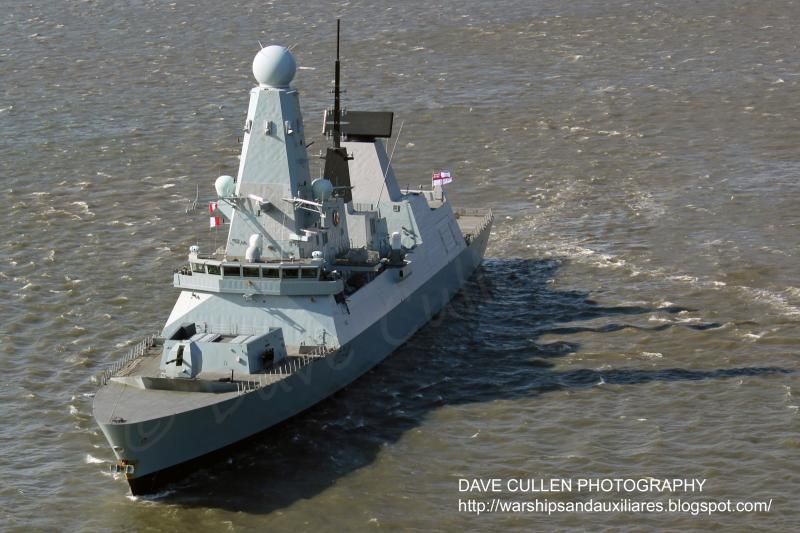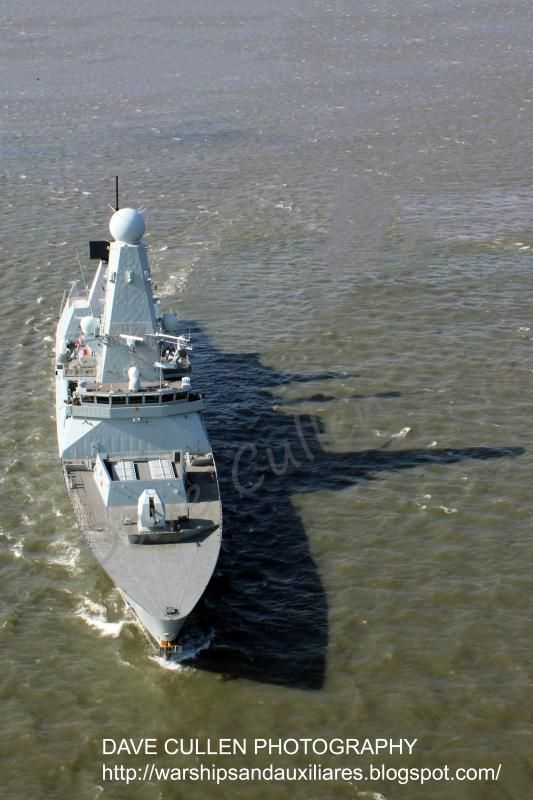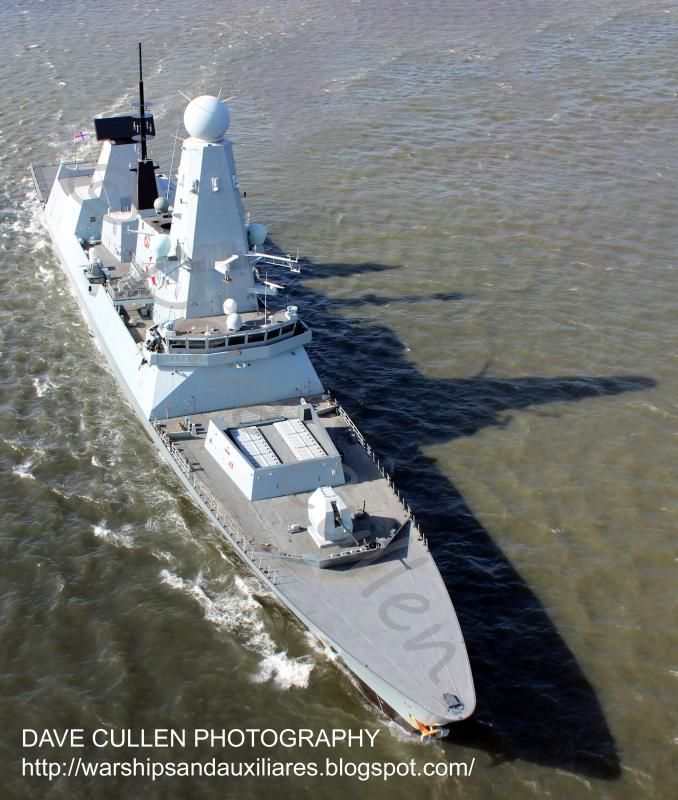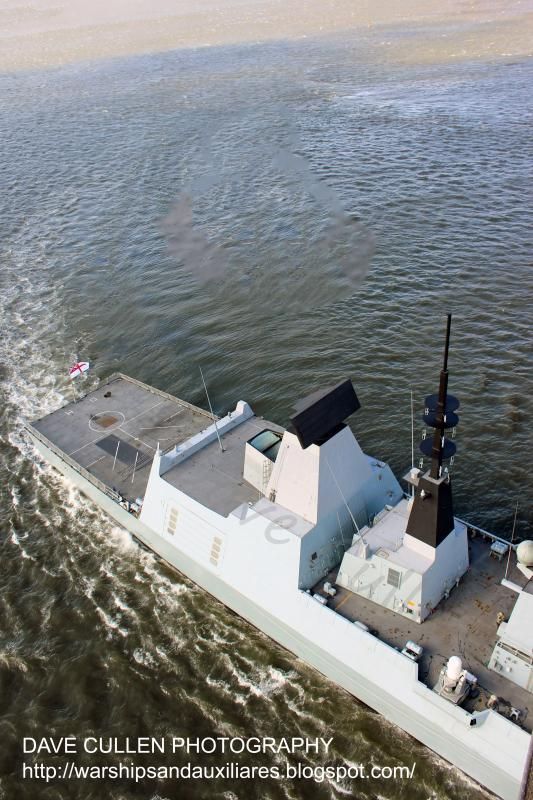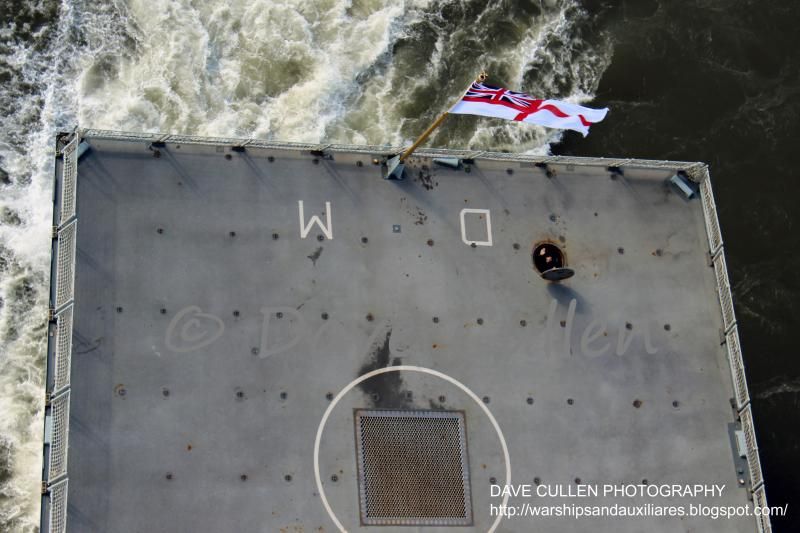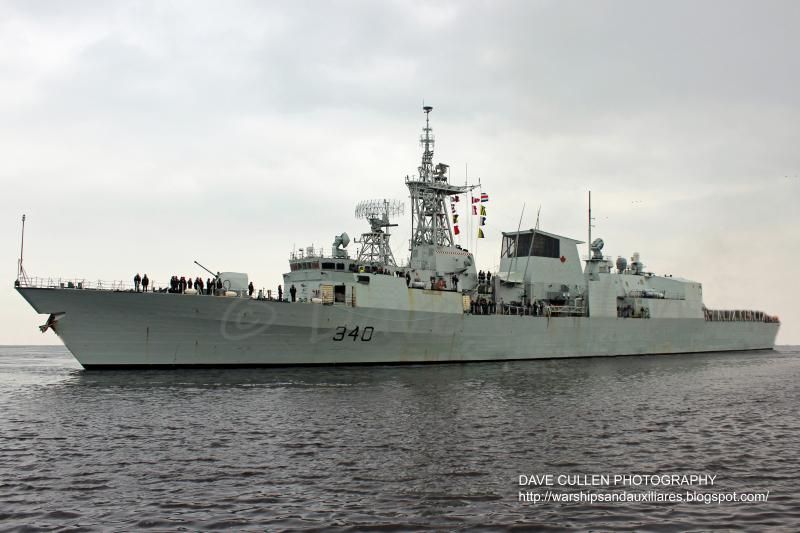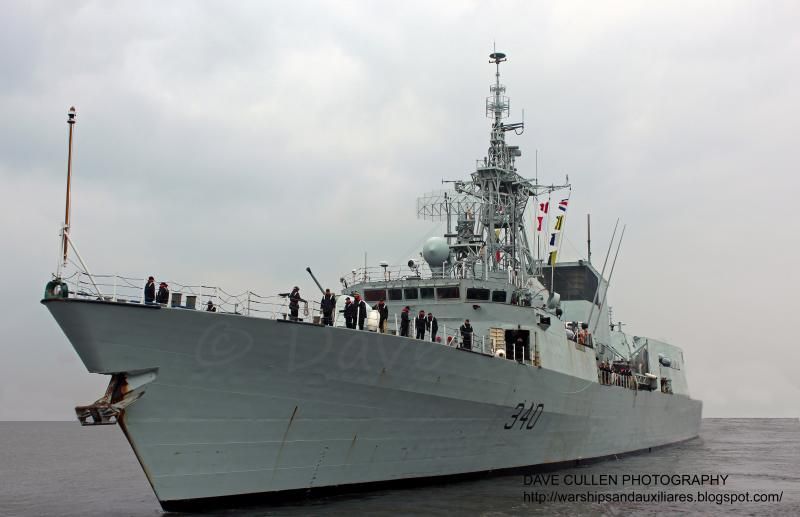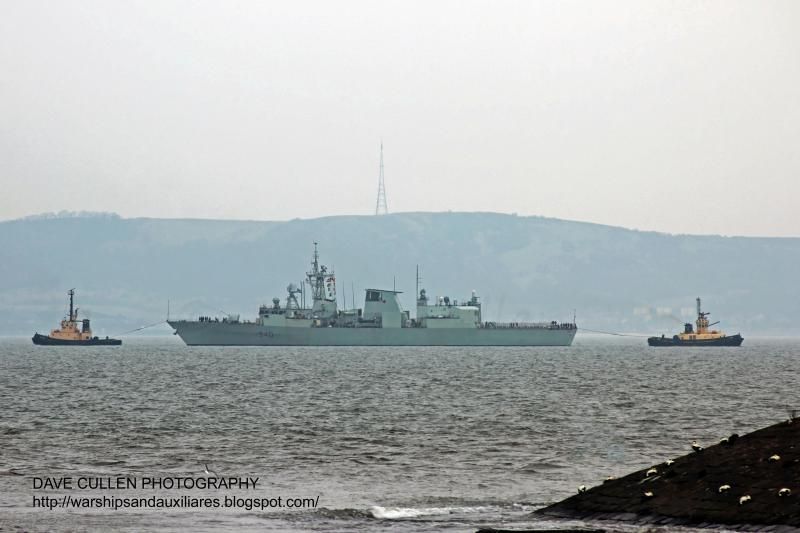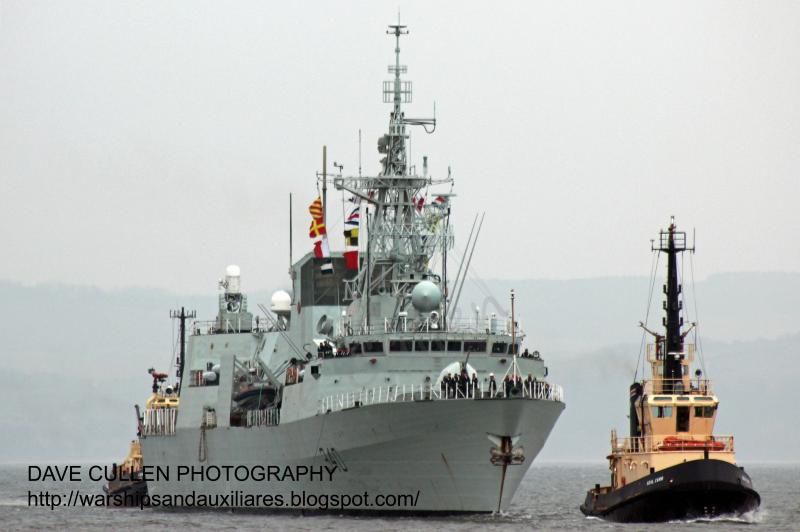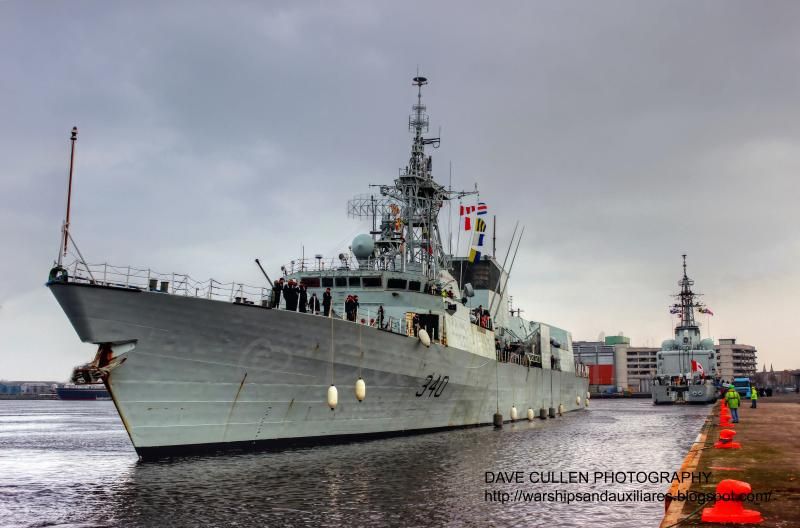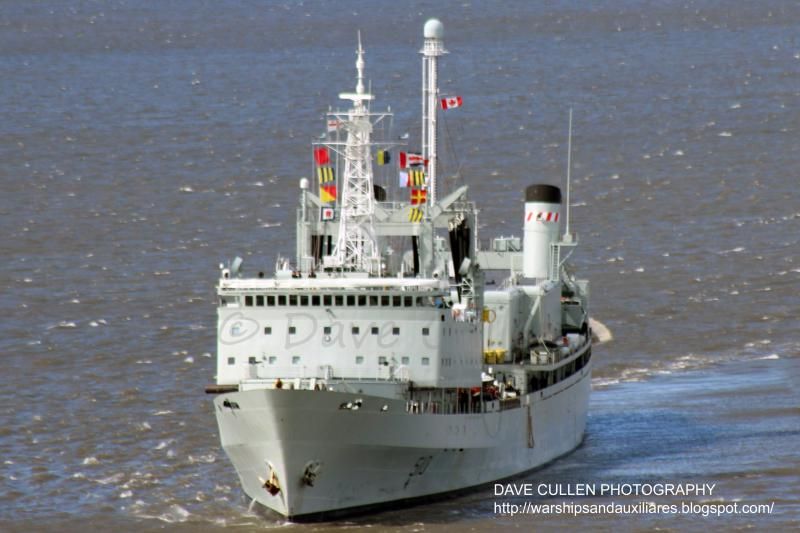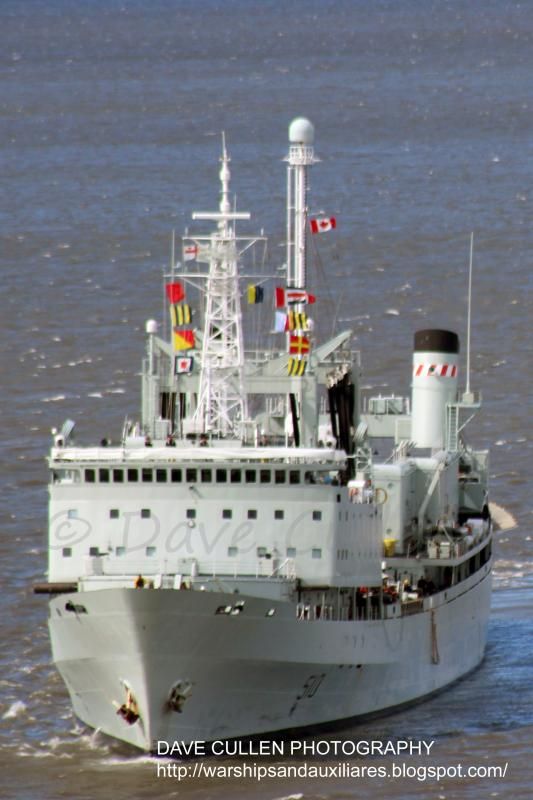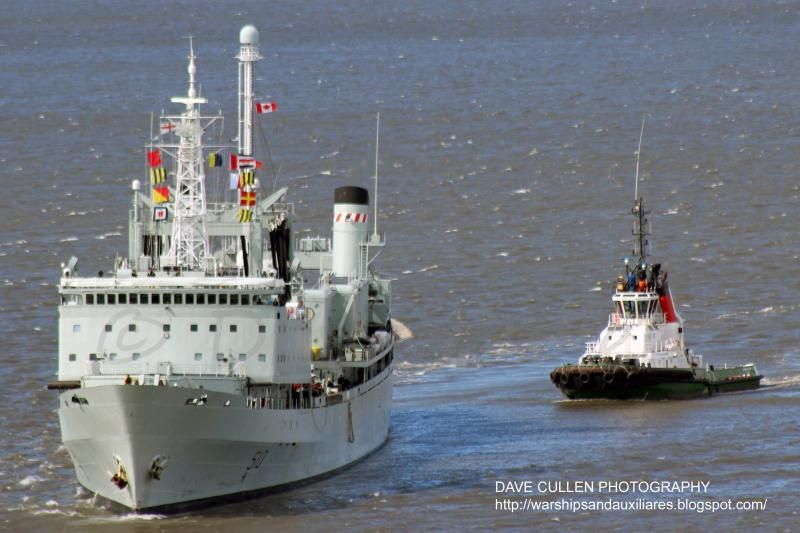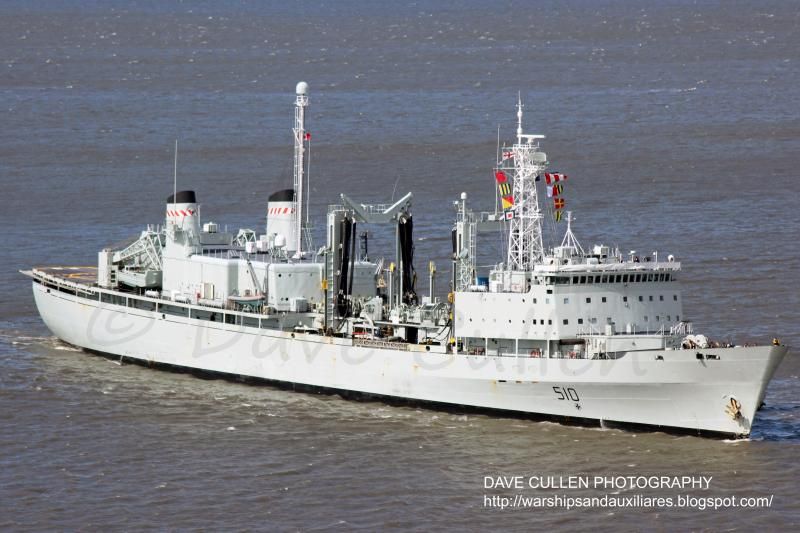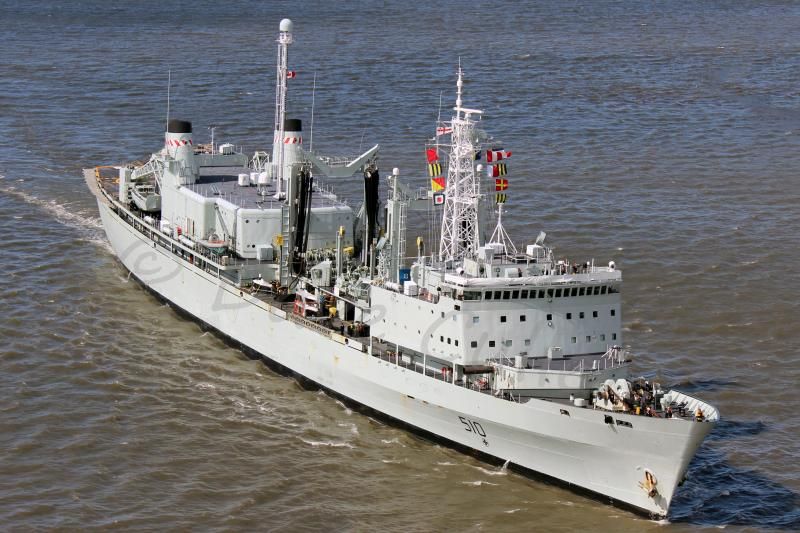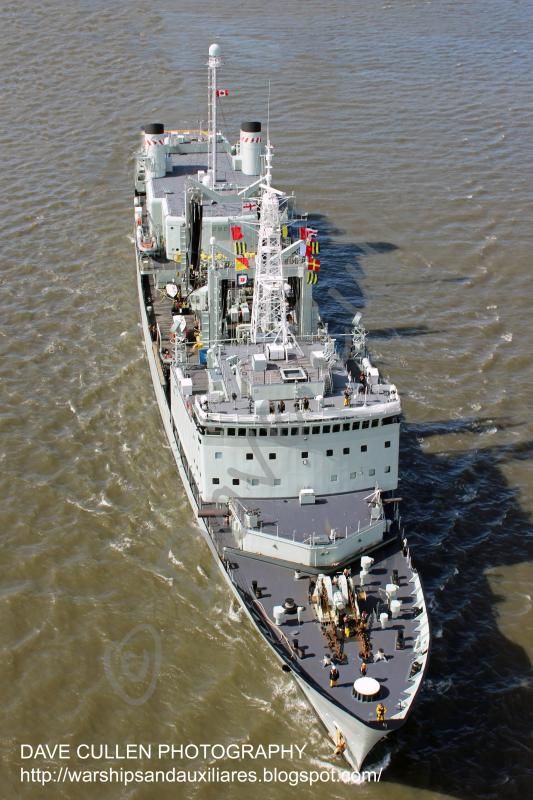Type 45 Destroyer
HMS Diamond is the
third ship of the Type 45 class of air defence destroyer built for the Royal
Navy. She was launched in 2007, completed her contractor's sea trials in July
2010 and arrived at her base port
of Portsmouth on 22
September 2010. Diamond was commissioned in a traditional ceremony on 6 May
2011, and formally entered service on 12 July 2011.
Hms Diamond maiden deployment was
to The Gulf in 2012.
As part of her affiliation with Coventry, Diamond will carry a cross of nails
created from the remains of Coventry Cathedral. At the end of the Second World
War, a cross of nails was created out of the wreckage and has been presented to
all ships that carry the name Coventry. It
was recovered from the wreck of HMS Coventry
by divers after she was sunk in the Falklands War and presented to the crew of Diamond on her commissioning by
Captain David Hart-Dyke, the commanding officer of Coventry
at the time of her sinking.
The City of Sheffield
was offered affiliation to Diamond,
but this was turned down by Sheffield City Council and the Lord Mayor, who want
the city associated with another Sheffield. The
affiliation has now been transferred to the City of Coventry.
She is seen here leaving the Firth of Forth on Sunday
14th April 2013 to participate in Joint Warrior 13-1.
